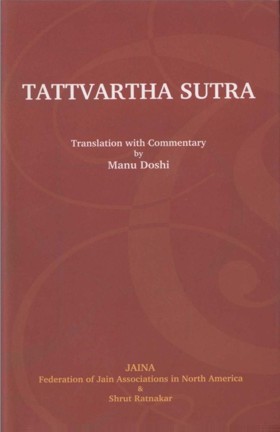01.13 Matihsmrutih Sanjnā ChintāVbhinibodh Itya-narthāntaram
Audio: Sanskrit: मति: स्मृति: संज्ञा चिन्ताsभिनिबोध इत्यनर्थान्तरम् ।
Hindi: मति, स्मृति, संज्ञा, चिंता, अभिनिबोध - ये शब्द पर्यायभूत (एकार्थवाचक) है।
01.14 Tadindriyānindriyanimittam
Audio: Sanskrit: तदिन्द्रियाऽनिन्द्रियनिमित्तम् ।
Hindi: मति ज्ञान इन्द्रिय और अनिन्द्रिय के निमित्त से उत्पन्न होता है।
01.15 Avagrahehavāyadhāranāh
Audio: Sanskrit: अवग्रहेहावायधारणा:।
Hindi: मतिज्ञान के अवग्रह, ईहा, अवाय, धारणा - ये चार भेद है।
01.13 - 01.15
English: These sutras relate to Matijnān, how it develops, its synonyms, divisions, subdivisions, etc. Intellect, memory, recognition, reasoning and deduction are its synonyms. It arises in four stages of Avagrah (apprehension), Ihā (faint perception), Avāy (comprehension) and Dhāranā (imprint). When a person comes to know merely about the existence of something, it is termed as Avagrah. When he gets some idea about it, but is not able to identify clearly, e.g. when he comes around something, which is round and long, but does not make out whether it is a rope or a snake, it is termed as Ihā. When he makes out that it is a rope and not a snake, it is termed as Avāy. Thereafter one may retain the impression of the object even when it is not in his presence. Such lasting impression is termed as Dhāranā. These four stages can be divided in many categories. For instance, knowledge can be gained by exercising the senses of touch, taste, smell, sight and sound or by exercising the faculty of mind. Since those six organs can be involved in gaining knowledge, we can multiply those six with the foregoing four stages and get twenty-four ways in which knowledge can arise.
 Acharya Umaswati
Acharya Umaswati
